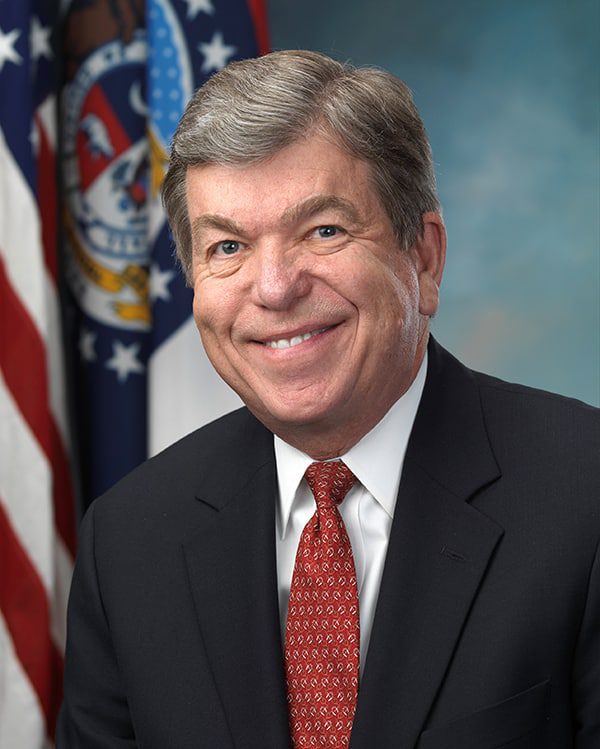In 1937, after a series of rulings undercutting his New Deal legislation, President Franklin Roosevelt proposed expanding the Supreme Court to as many as 15 justices. His attempt to use brute political force to seize control of the Supreme Court was – and still is – widely criticized. Justice Ruth Bader Ginsburg herself said, “I think it was a bad idea when President Franklin Roosevelt tried to pack the court.” She added: “Nine seems to be a good number. It’s been that way for a long time.”
Expanding the Supreme Court was a bad idea then, and it’s a bad idea now. Yet, that’s exactly what Democrats in Washington are trying to do.
Recently, congressional Democrats introduced legislation to increase the number of Supreme Court justices from nine to 13. This legislation came shortly after President Joe Biden signed an executive order establishing a 36-member commission to investigate and analyze the work of the Supreme Court, with specific orders to consider expanding the court and eliminating lifetime appointments.
An executive branch commission that investigates and analyzes the work of the Supreme Court is dangerous. It challenges the balance of power between the executive and judicial branches, and it puts the court in a much more partisan and political place than it should be.
Justice Stephen Breyer, who was nominated by President Clinton, recently said that the court’s authority depends on “a trust that the court is guided by legal principle, not politics.” He noted that “structural alteration motivated by the perception of political influence can only feed that latter perception, further eroding that trust.”
Packing the court to further one party’s agenda sets a dangerous precedent. If every new administration decides it can just pack the court, it may eventually be as big as the Biden administration’s 36-member commission or even the United States Senate.
Though the Constitution does not mandate a specific number of justices, the Supreme Court has had nine since 1869. Expanding the court would upend more than 150 years of history, and even the threat of this massive change may be enough to influence the courts.
The Supreme Court stands as a nonpartisan arbiter of constitutional questions – calling balls and strikes as it sees them. While I have not always agreed with the court’s decisions, I appreciate the important role it plays in safeguarding our system of government and protecting individual rights.
With Democrats in control of the White House and Congress, they are in a strong position to negotiate their legislative priorities. But they need to be very careful when they start taking wrecking balls to vital American institutions for short-term partisan gain.
I hope my colleagues on the other side of the aisle will drop their effort to pack the court and will shift their focus to the issues families care about most, like getting our economy back on track, strengthening the workforce, and more.















